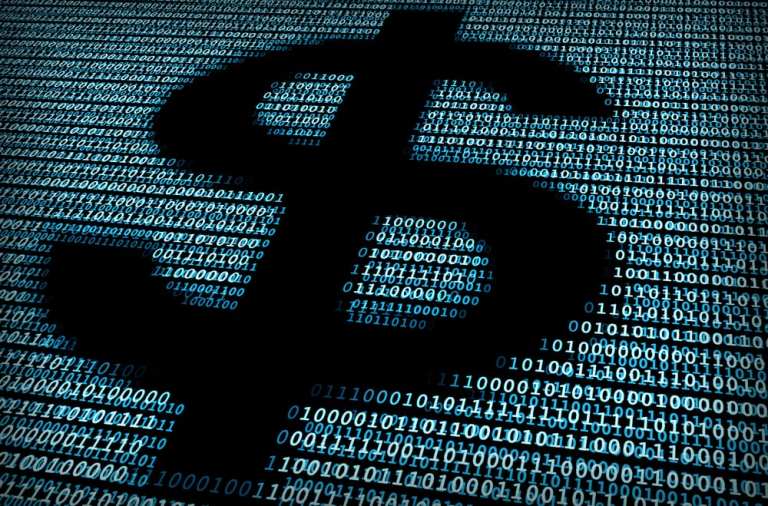
Digital dollars could make the leap from concept to reality, but there might be a few ways to get there.
Cleveland Federal Reserve President Loretta Mester said in a speech this week that a digital dollar could conceivably be a form of money transfer that would enable the Fed to disburse money to all individuals in America.
Her speech, entitled “Payment and the Pandemic,” included a section on digital currencies. Mester noted the central bank had been looking into digital currencies even before the pandemic, “building and testing a range of distributed ledger platforms to understand their potential benefits and trade-offs.” And as PYMNTS has previously reported, the Boston Federal Reserve has been working with the Massachusetts Institute of Technology to explore tech infrastructure.
The Fed, of course, is hardly alone in mulling digital fiat currencies. In May, 80 percent of 66 central banks queried by the Bank of International Settlements (BIS) said they were working on CBDCs. Notably, China’s central bank is already developing and testing a national digital currency in the Asian nation.
As for the Fed, there’s no concrete decision yet to adopt such a currency, Mester said. But in discussing the experience the Fed had in making emergency payments to individuals and families, she noted that digital dollars could be issued as liabilities for Fed banks to be used as emergency payouts.
“Other proposals would create a new payments instrument — digital cash — which would be just like the physical currency issued by central banks today, but in a digital form and potentially without the anonymity of physical currency,” Mester said. “Depending on how these currencies are designed, central banks could support them without the need for commercial bank involvement via direct issuance into the end users’ digital wallets combined with central-bank-facilitated transfer and redemption services.”
But Mester said there’s still a need for “further consideration” to evaluate whether such digital currencies could be utilized for speedier and ubiquitous emergency payments. However, she added that “issues raised by central bank digital currency related to financial stability, market structure, security, privacy and monetary policy all need to be better understood.”
Meanwhile, Mester said that a Fed survey of consumers taken in May found that Americans had increased their cash holdings during the pandemic. Participants reported boosting their average cash held on their persons by 17 percent to $81 from a previous $69. Cash stored in homes also rose about 90 percent to $475 from an earlier roughly $250.
The Fed survey also found that about 20 percent of respondents reported switching to paying online or over the phone for items from restaurants and big-box stores. And roughly two-thirds reported that they had made no in-person payments during the pandemic’s first several weeks.